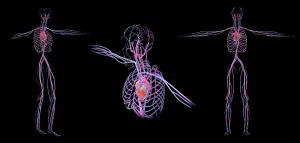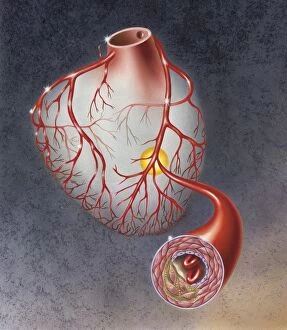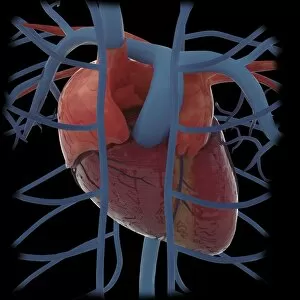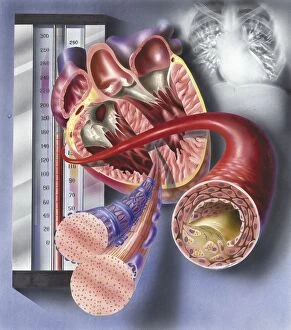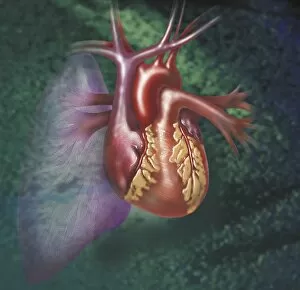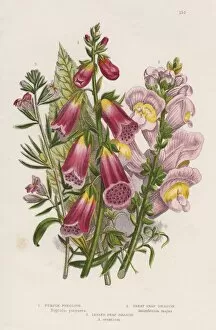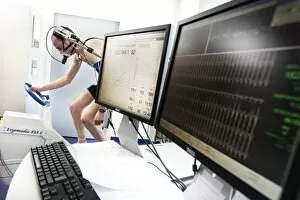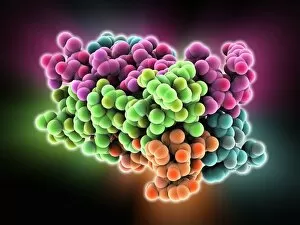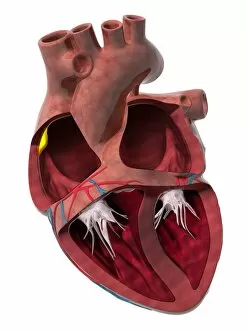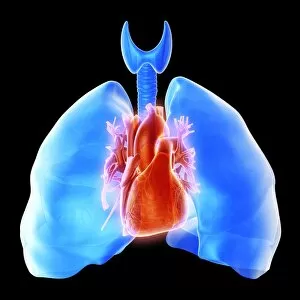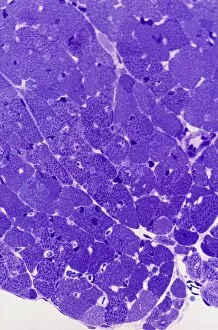Cardiac Collection (page 2)
"Exploring the Intricacies of Cardiac Marvel
All Professionally Made to Order for Quick Shipping
"Exploring the Intricacies of Cardiac Marvel: From Ancient Artwork to Modern Science" Delve into the captivating world wonders as we unravel the mysteries that lie within our beating hearts. The cardiovascular system, an intricate network responsible for sustaining life, has fascinated artists and scientists throughout history. Historical artwork depicting the human heart anatomy showcases early attempts to understand this vital organ's complexity. These masterpieces offer glimpses into how ancient civilizations perceived the seat of emotions and life itself. The irregular heartbeat, a condition that affects millions worldwide, is a subject both feared and studied. Captivating artwork portrays the chaotic dance of electrical impulses within our hearts, reminding us of its fragility and resilience. In mesmerizing depictions, artists capture not only the beauty but also the interconnectedness between our hearts and lungs—the symbiotic relationship that ensures oxygen-rich blood reaches every corner of our bodies. Witnessing red blood cells coursing through vessels towards their rendezvous with this mighty organ evokes awe at nature's ingenious design. Conceptual images portraying heart care remind us to nurture this precious entity with love and attention it deserves. Underneath a confocal light micrograph lies an enchanting sight—a glimpse into the intricate web of muscle fibers composing our heart muscle. This microscopic view reveals its strength in propelling life-sustaining blood throughout our bodies tirelessly. The human heart itself stands as a symbol revered across cultures—an emblematic representation transcending time and borders. Its significance extends beyond mere biology; it embodies love, compassion, courage—a vessel carrying profound emotions within each beat. Travel back centuries as we explore 16th-century anatomical drawings showcasing early endeavors to comprehend this enigmatic organ fully. These works serve as testaments to humanity's ceaseless quest for knowledge about ourselves. Artistic renditions capturing muscle contractions reveal dynamic movements hidden beneath layers upon layers—each contraction fueling existence itself—a symphony orchestrated by the heart's rhythmic beats.





